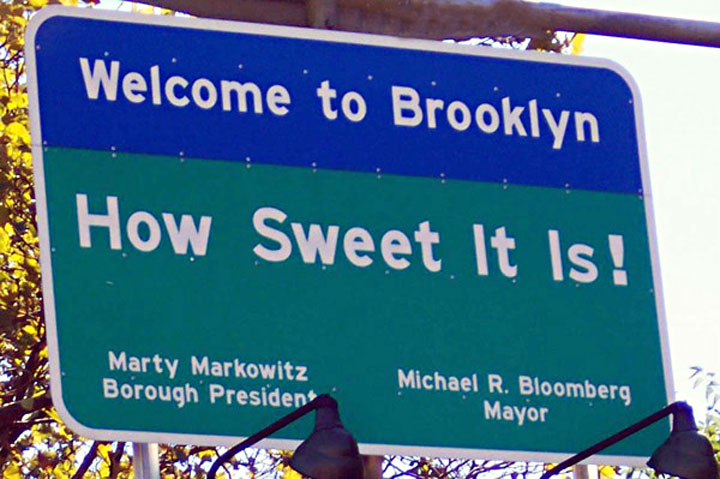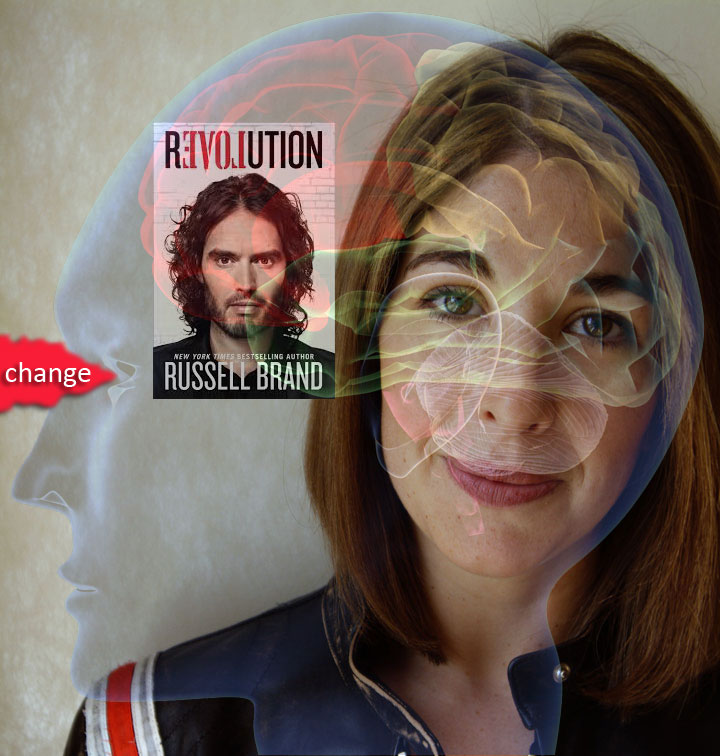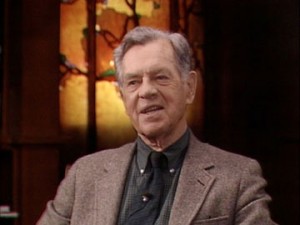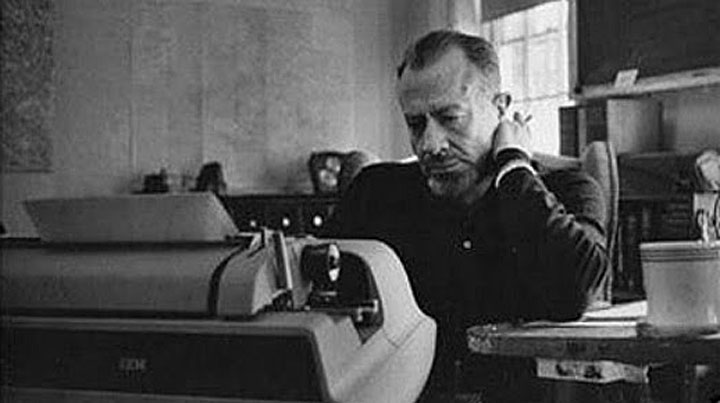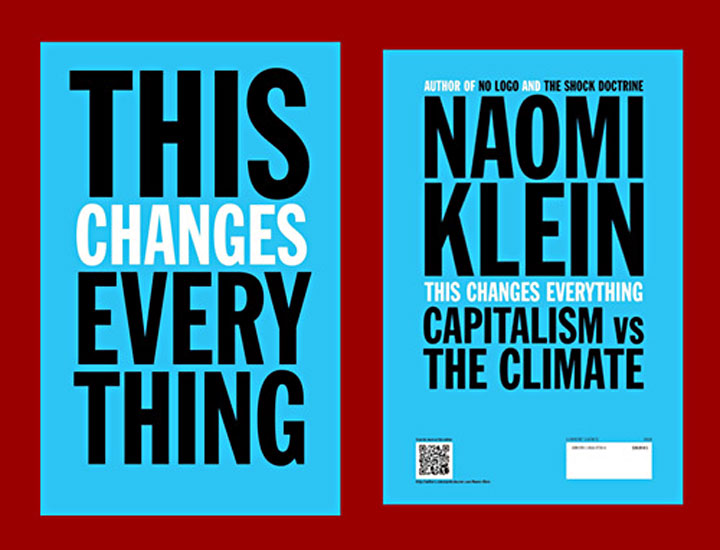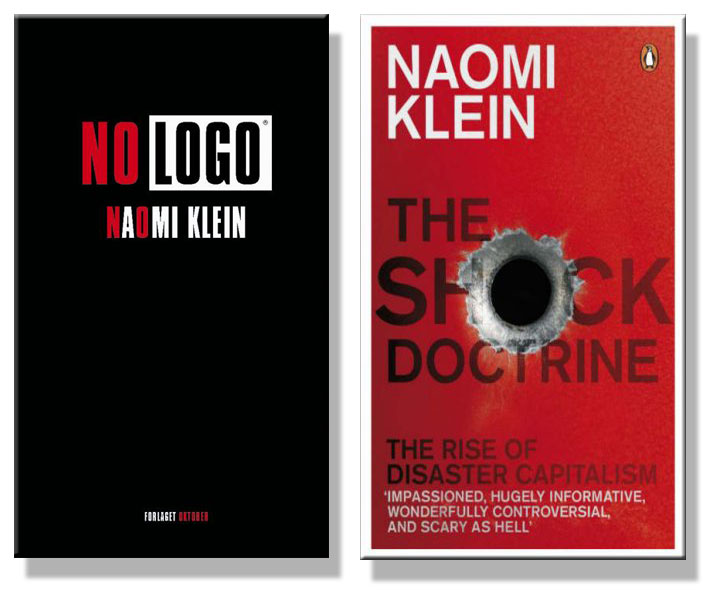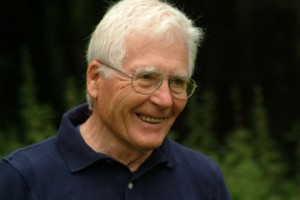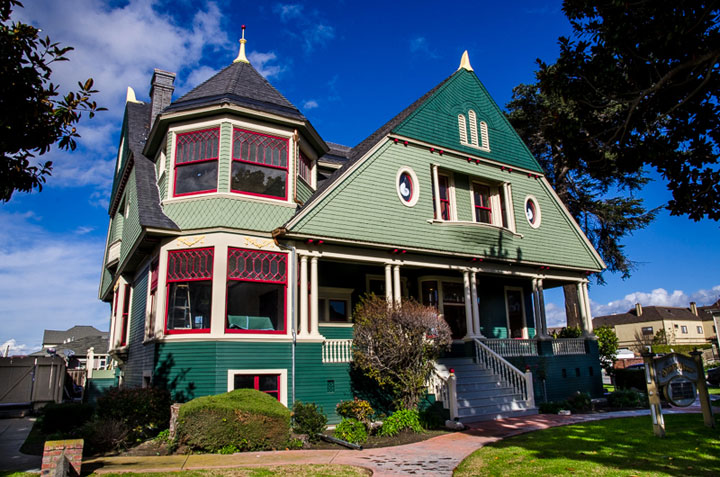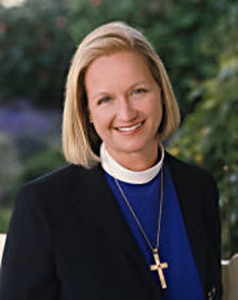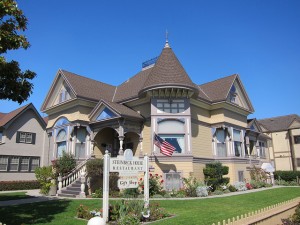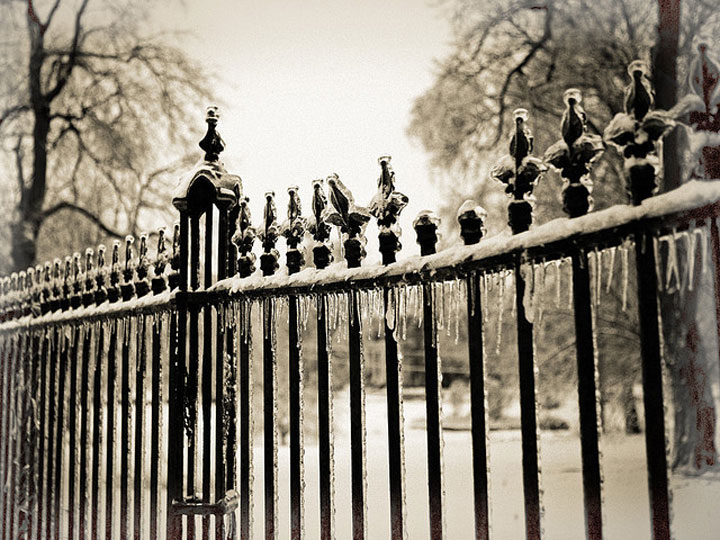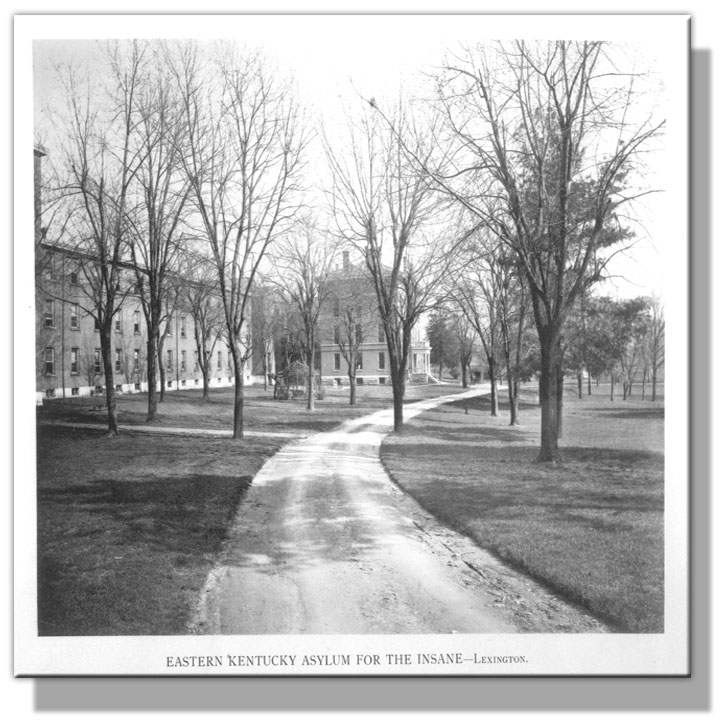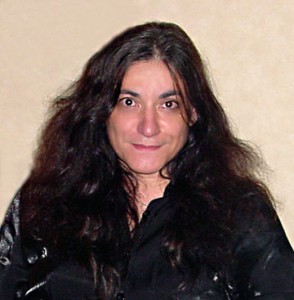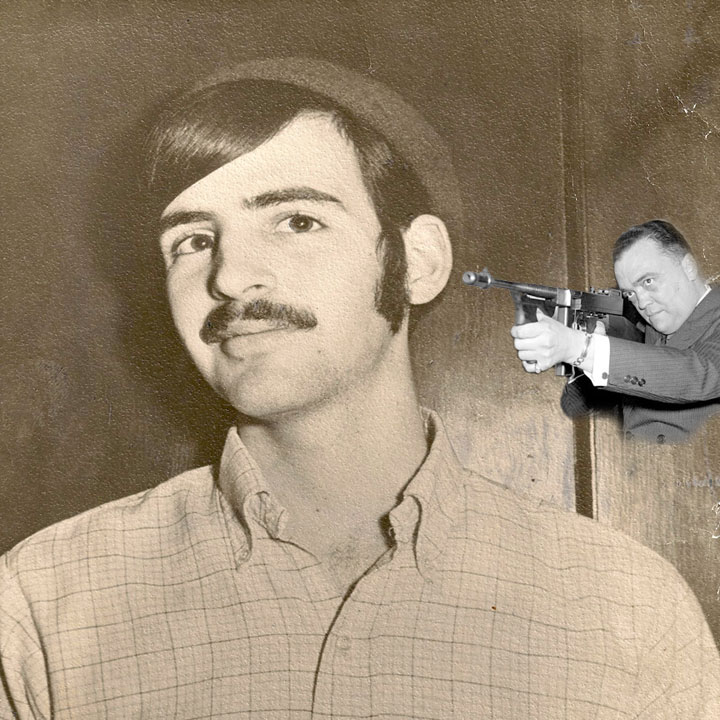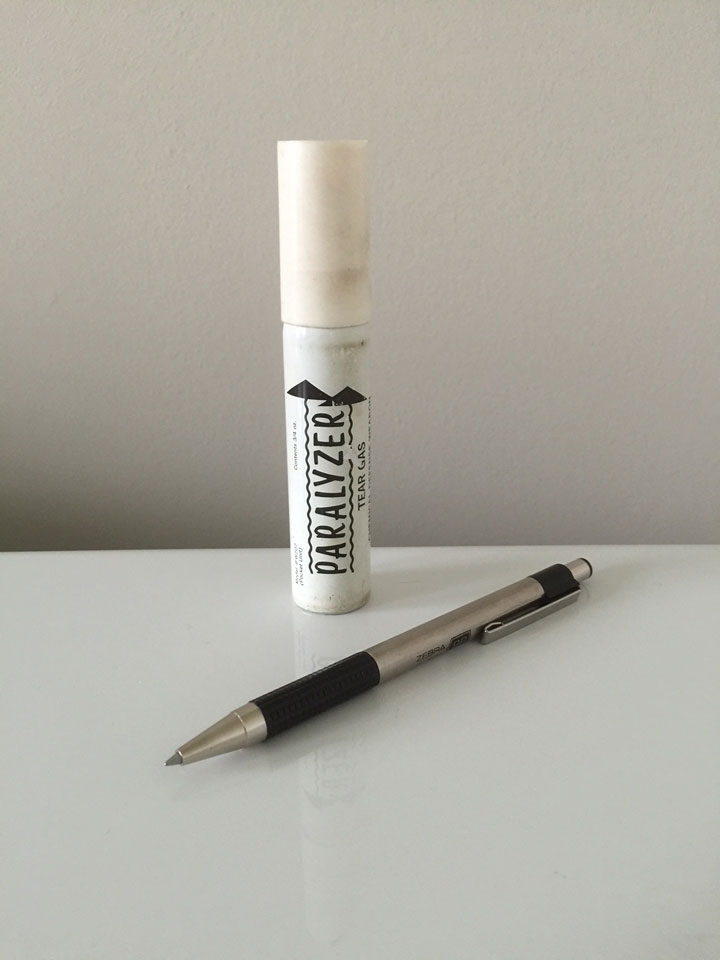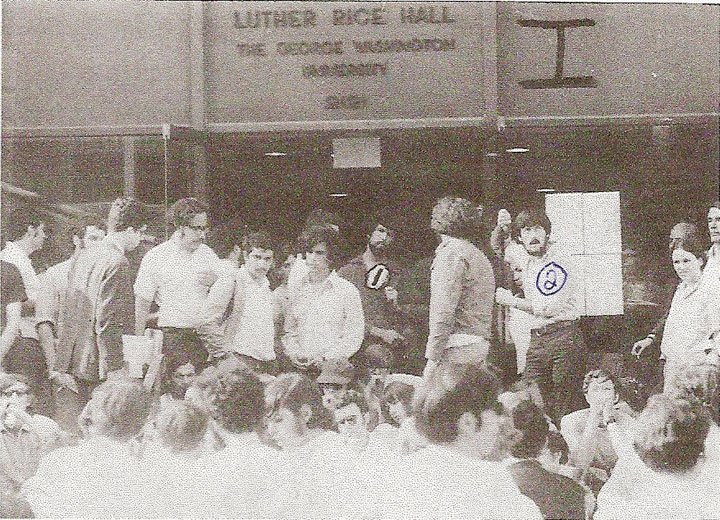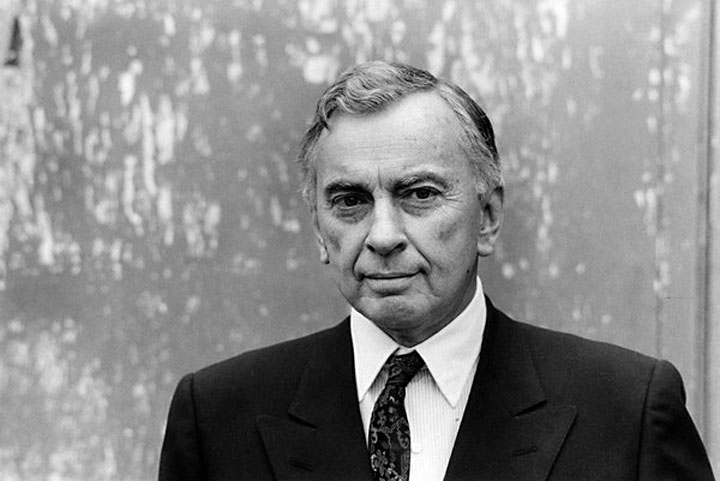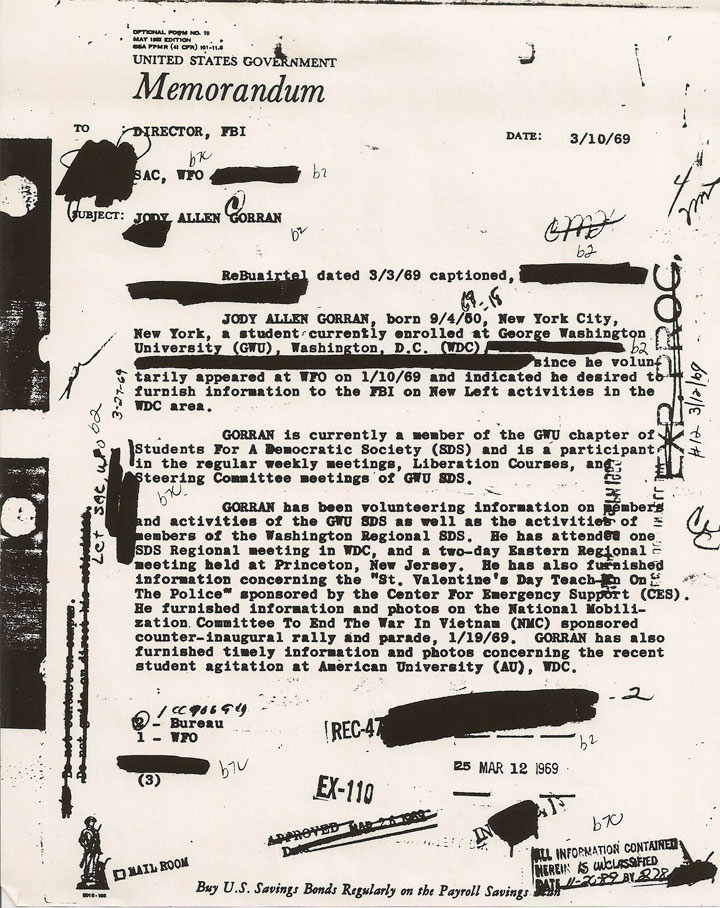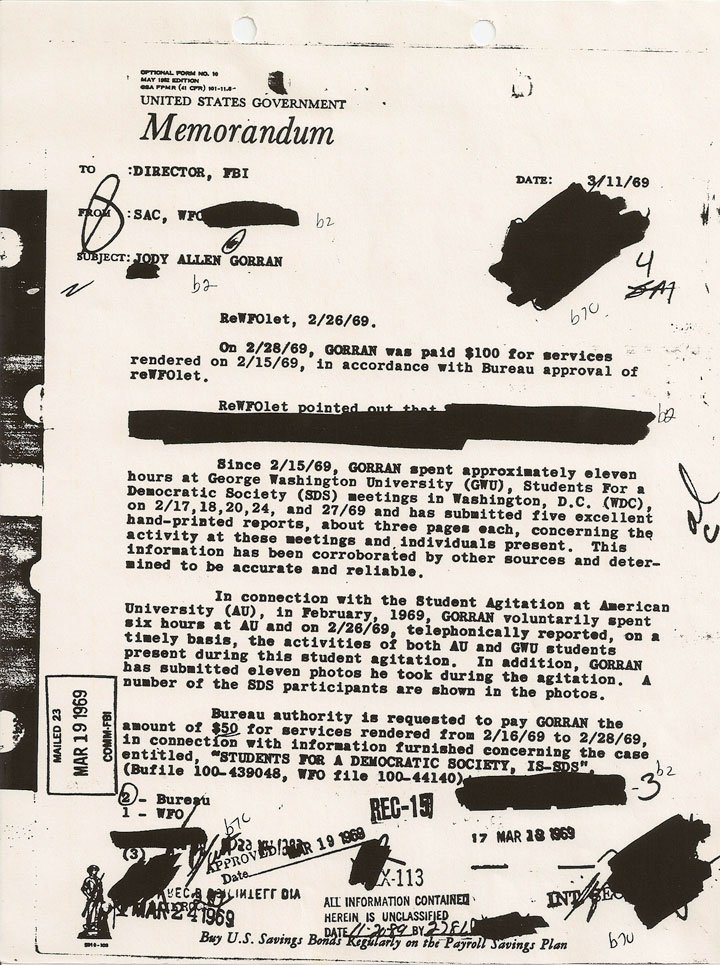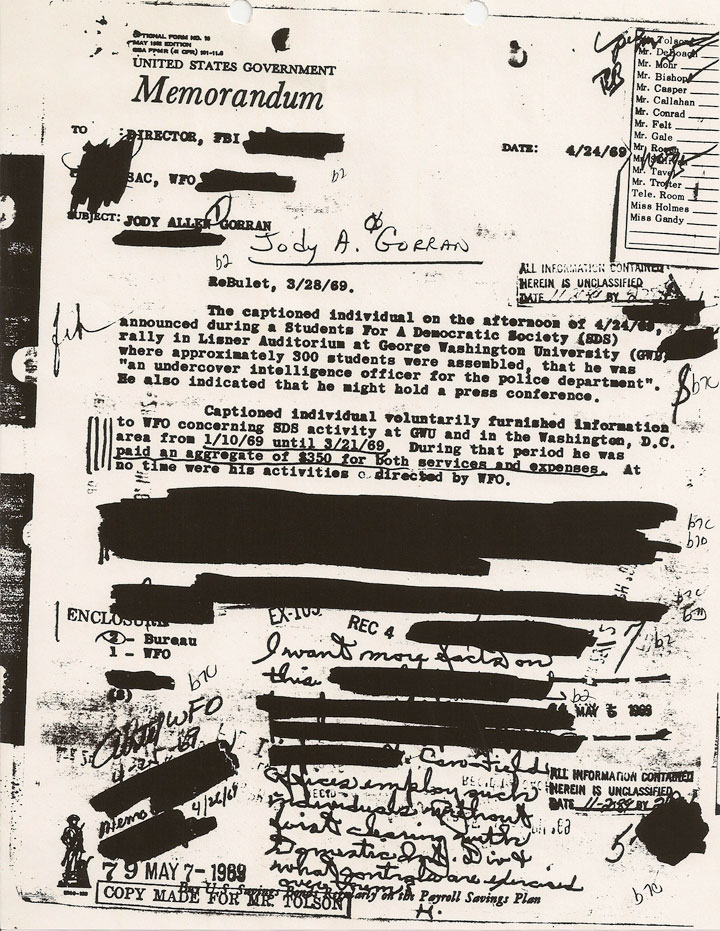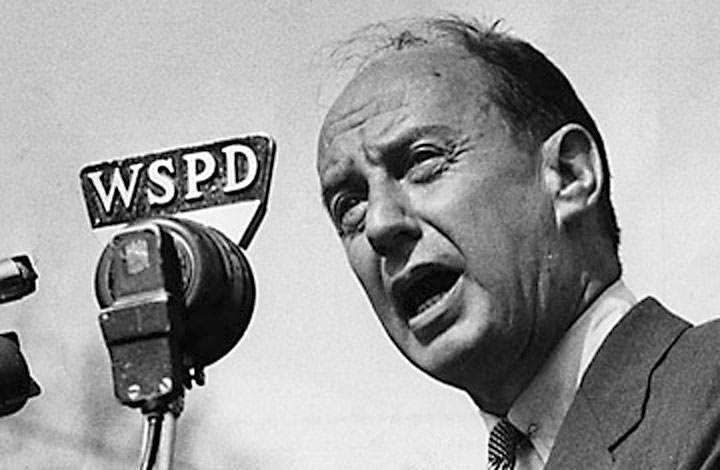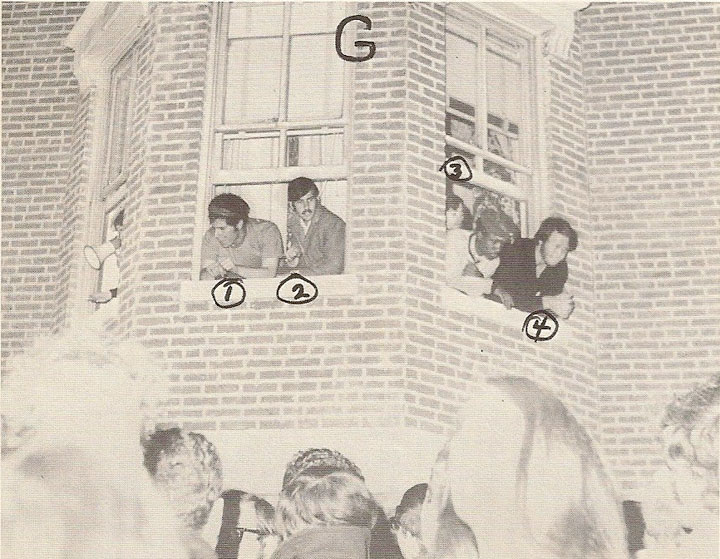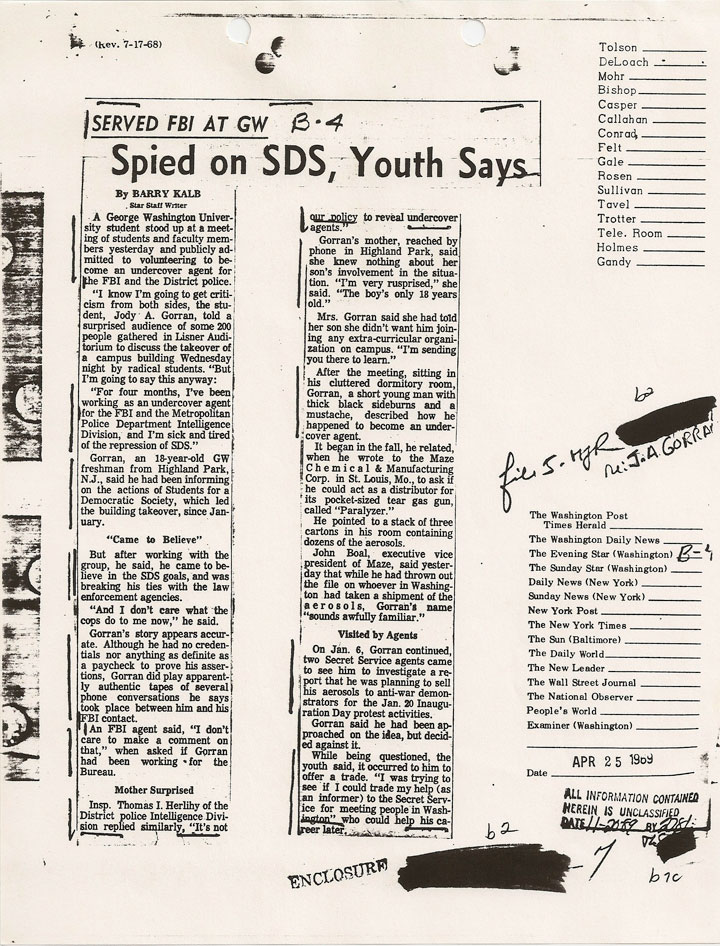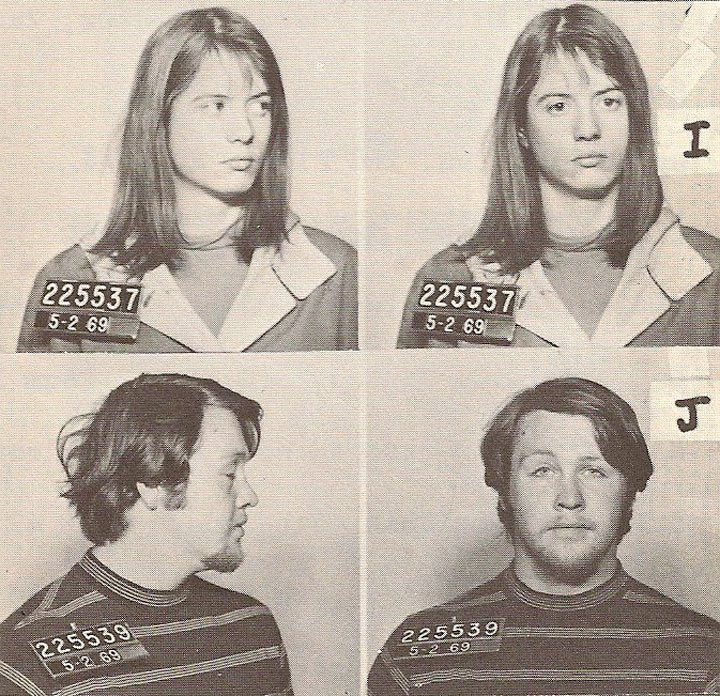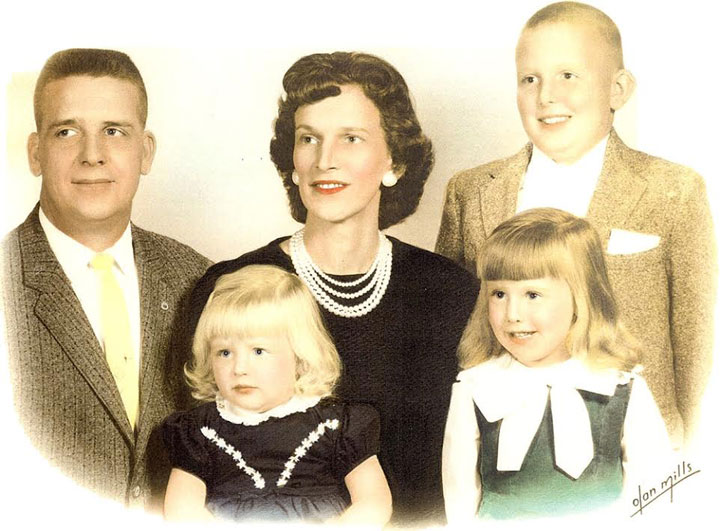Brooklyn Cab Ride
Did the Turk wearing Levis and a Knicks hoodie
think he needed to proclaim he was a secular Muslim
after the religiously motivated murders of the cartoonists
at Charlie Hebdo in Paris? Did he imagine his applause
for freedom of speech was anything but its own gratuity?
The driver could have been John Steinbeck’s doppelganger.
Hair and face and age were that close. John Steinbeck who
died in New York in ’68 with a fat FBI file for speaking out,
for believing that what we write and say matters. That day,
January in the streets like any lucky stiff from New Jersey,
the Turk in an NBA hoodie said the Prophet Muhammad
was a camel driver who married once when the world
has a polygamous heart. Was that blasphemy or was
the driver’s impertinence the sort of thing that a man
of a certain age will say to feel good about himself?
He wasn’t saying there isn’t a God. He was saying
that being alive and American isn’t easy. Idling
on Smith and Pacific, maybe The One God
was in the rippling reverberations before we
said what we said over the blare of car horns.
